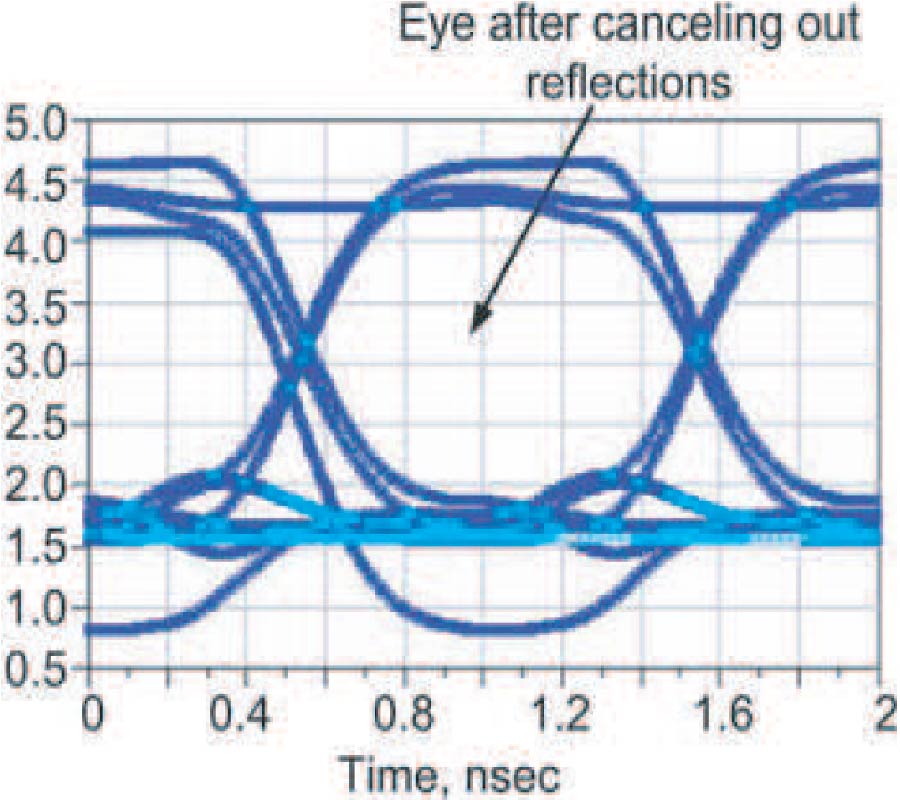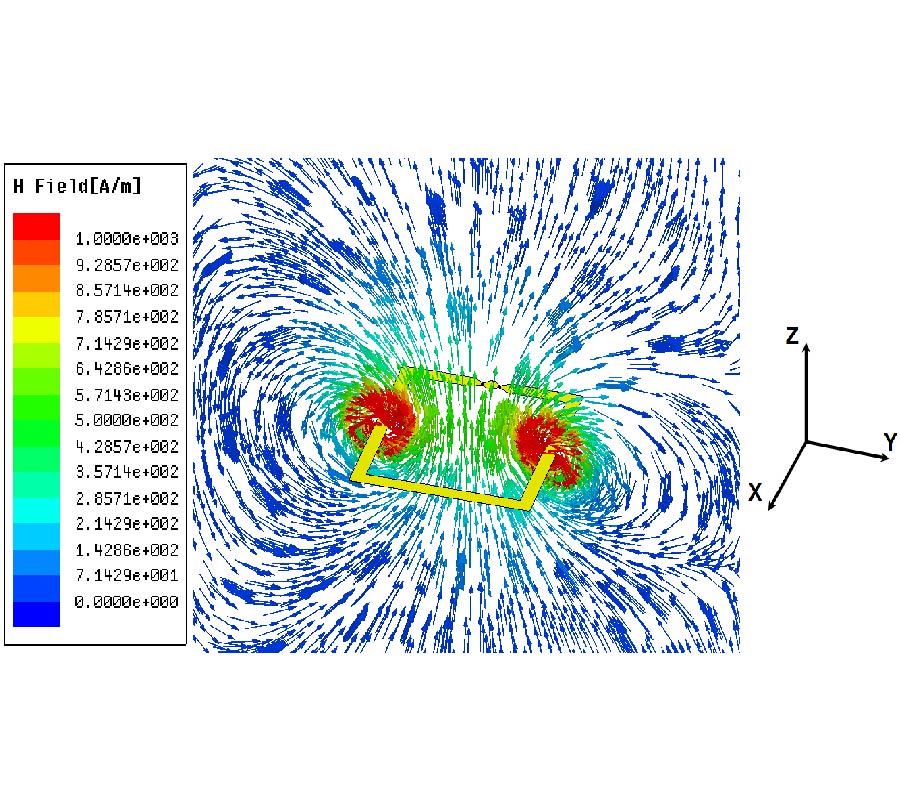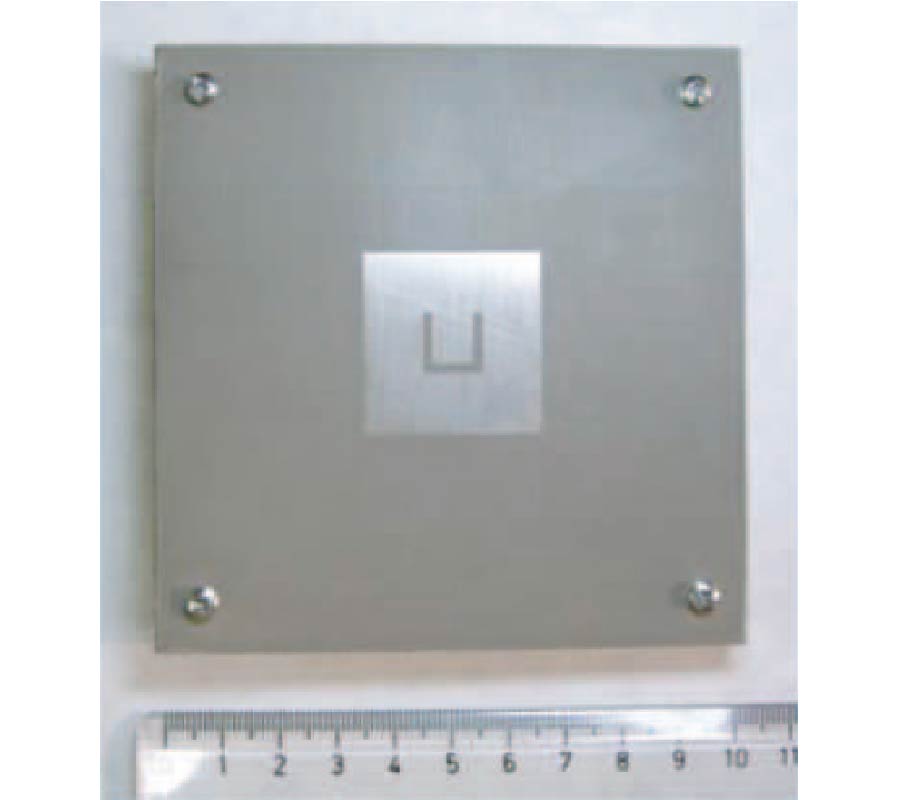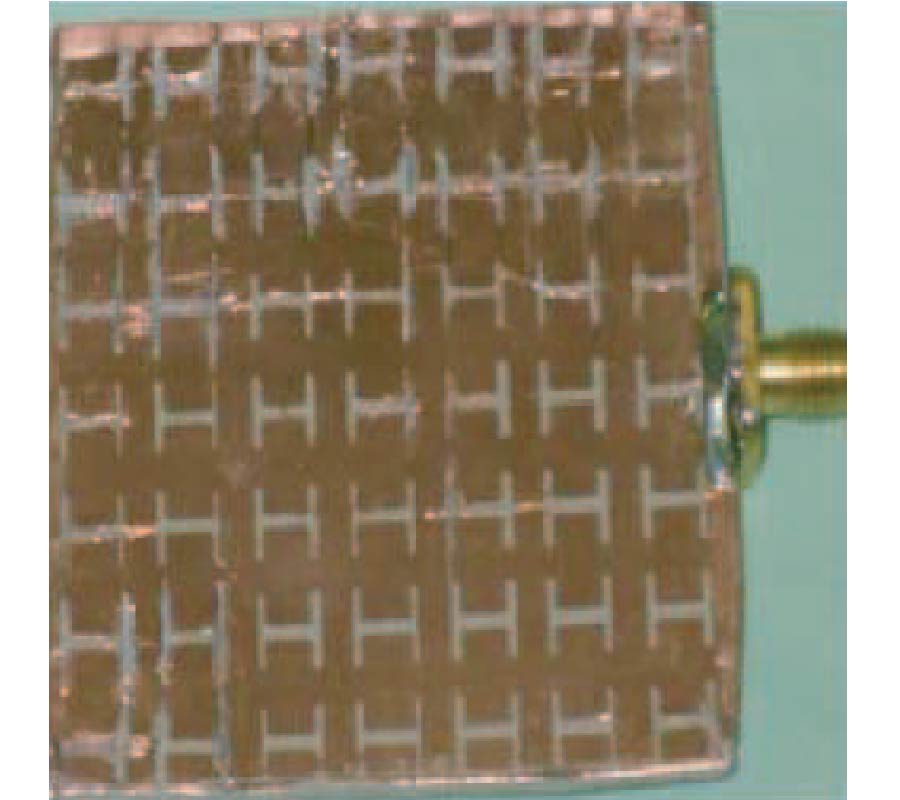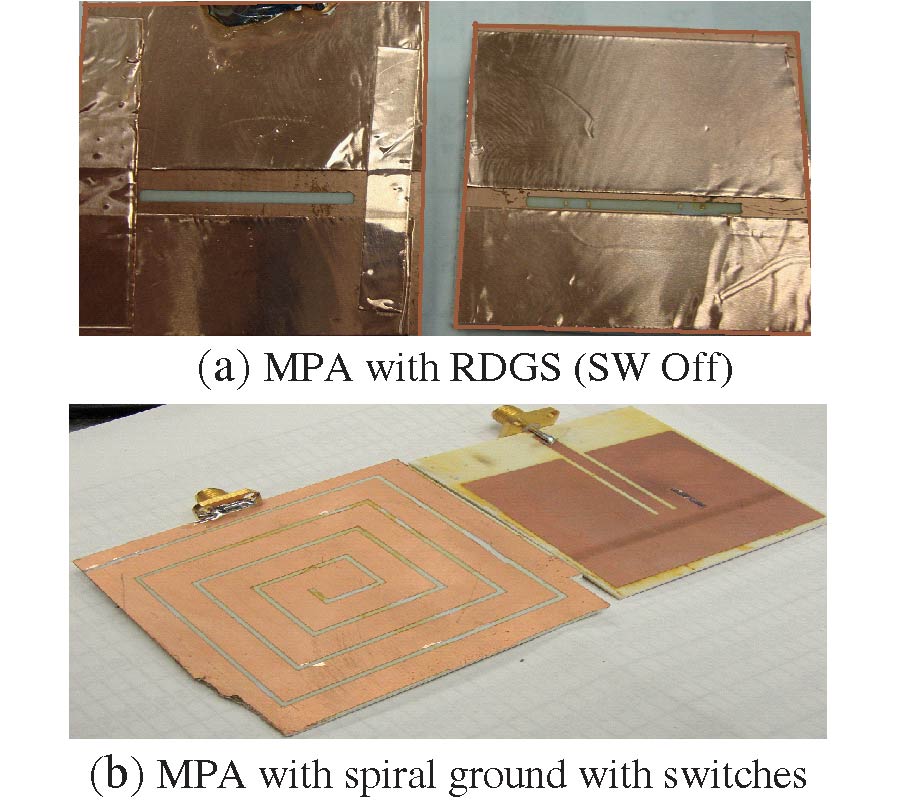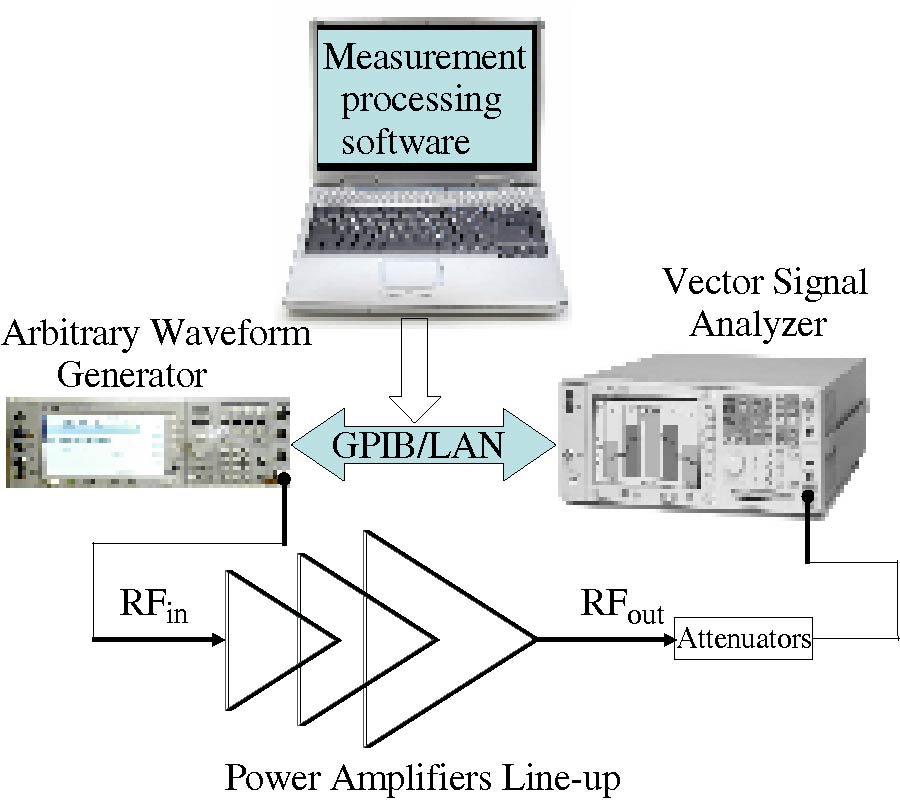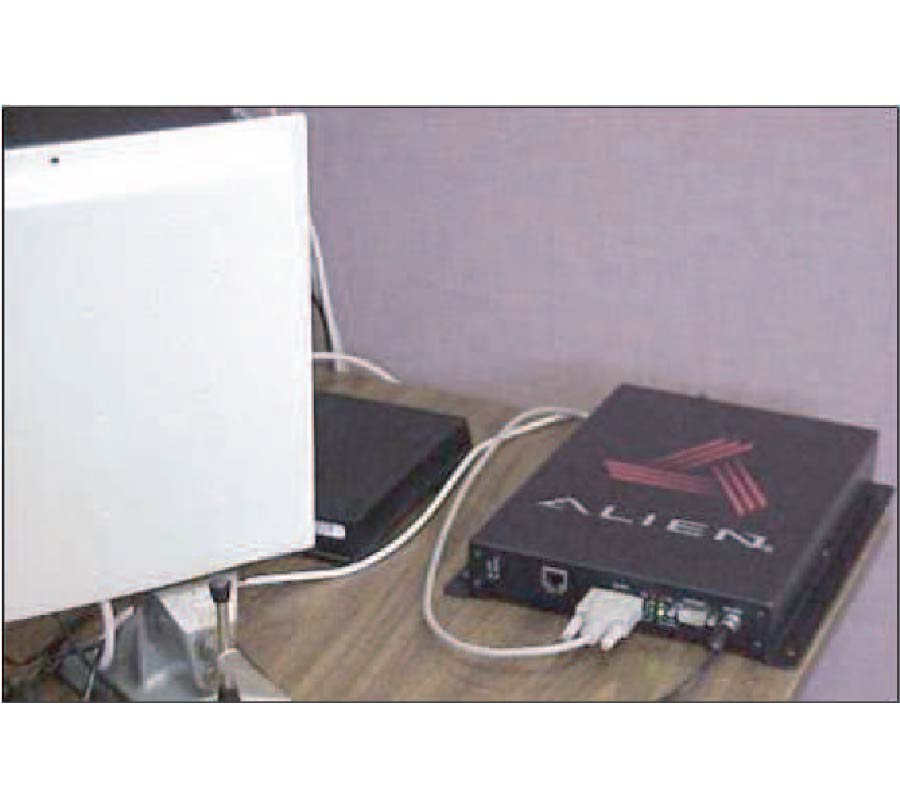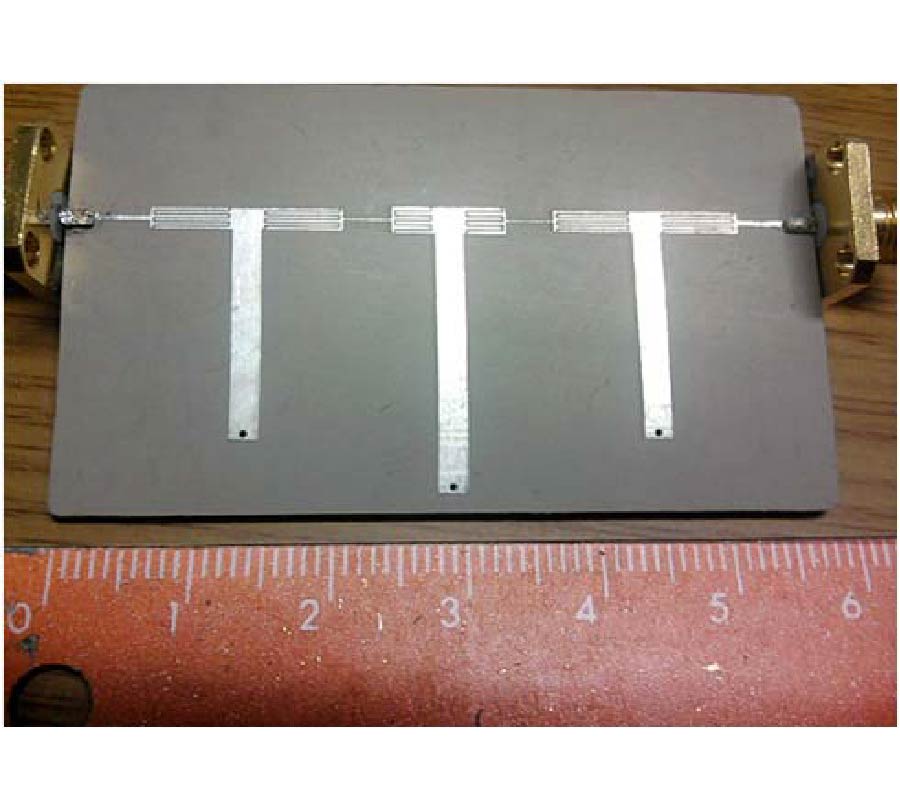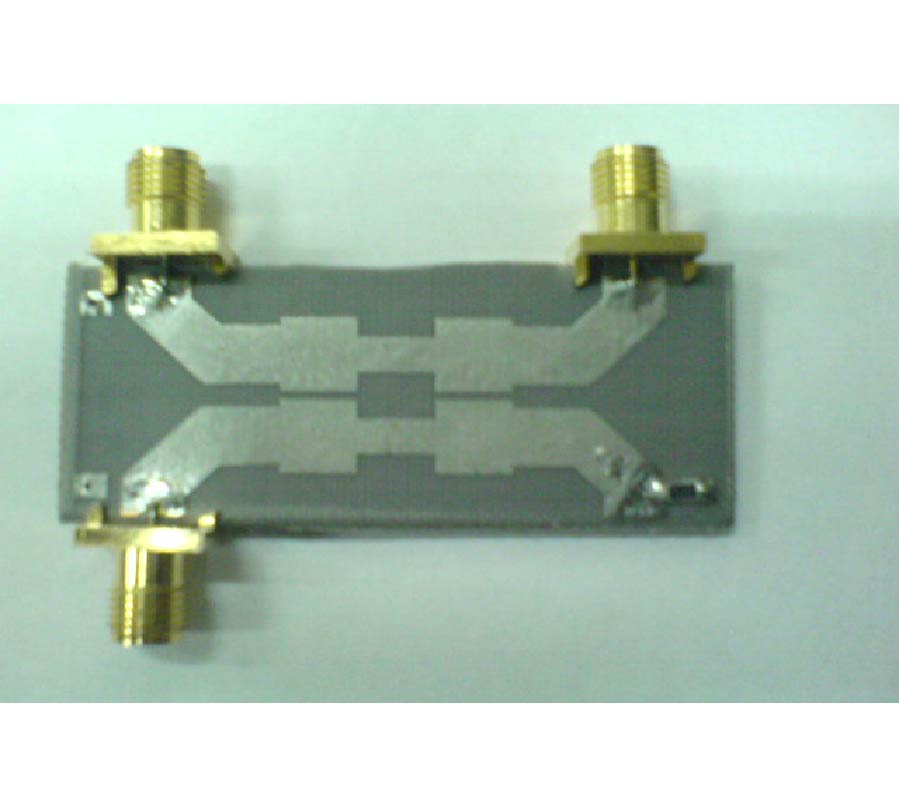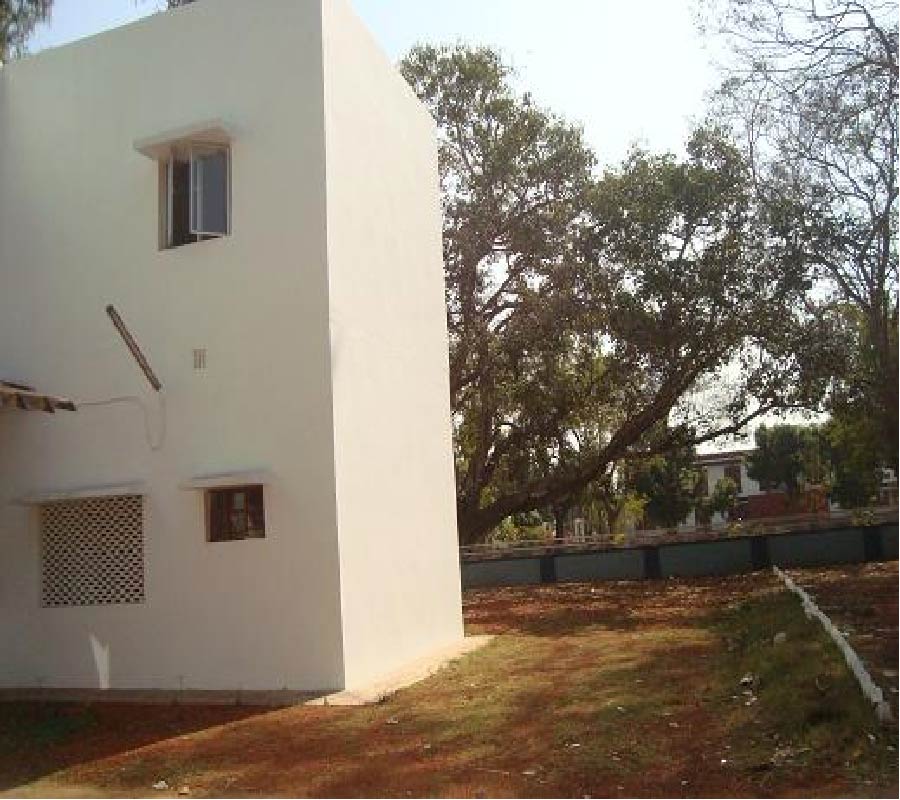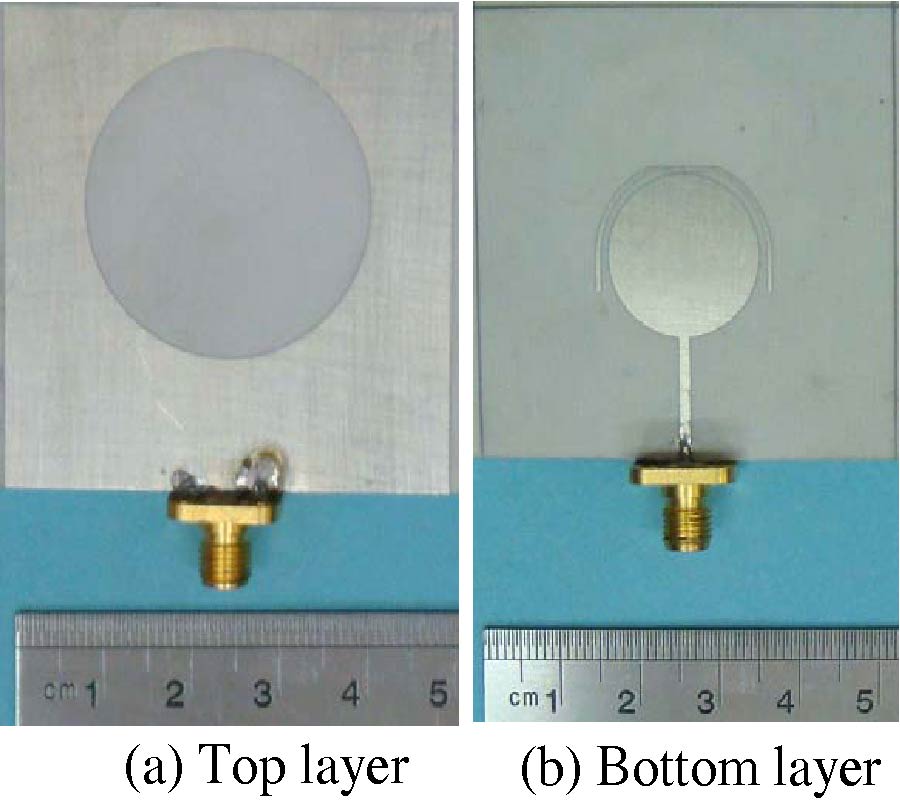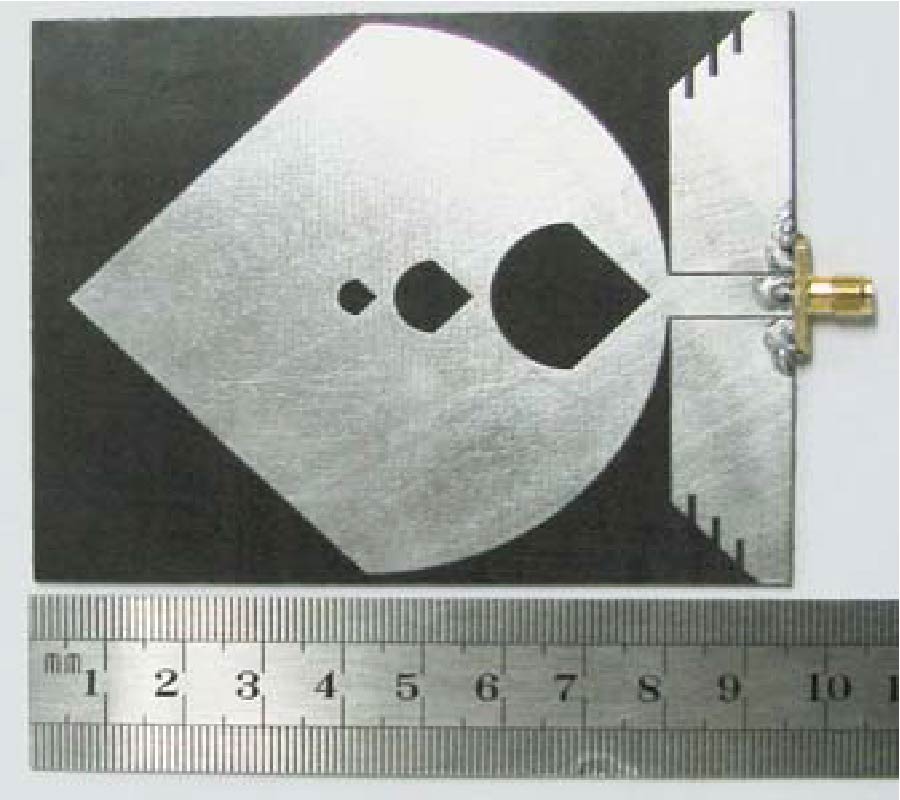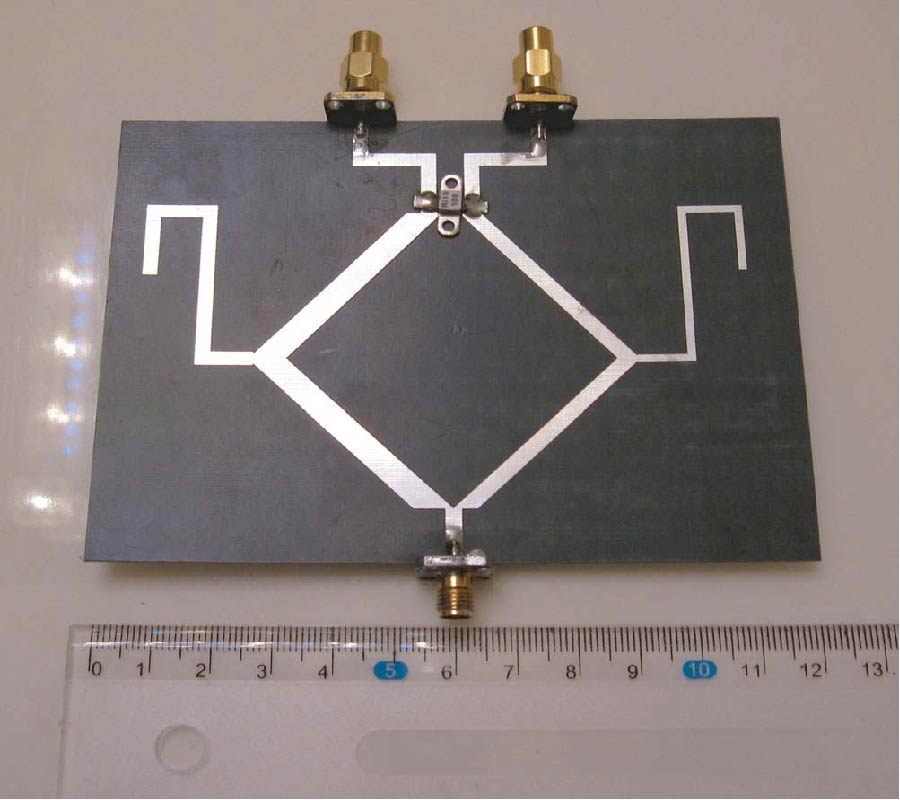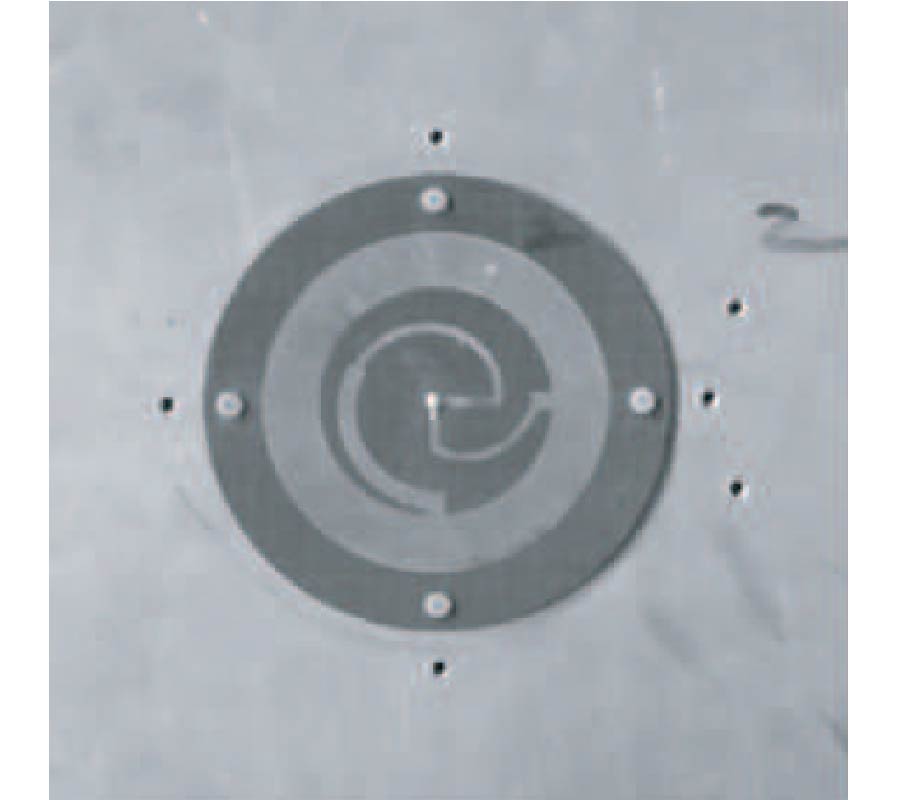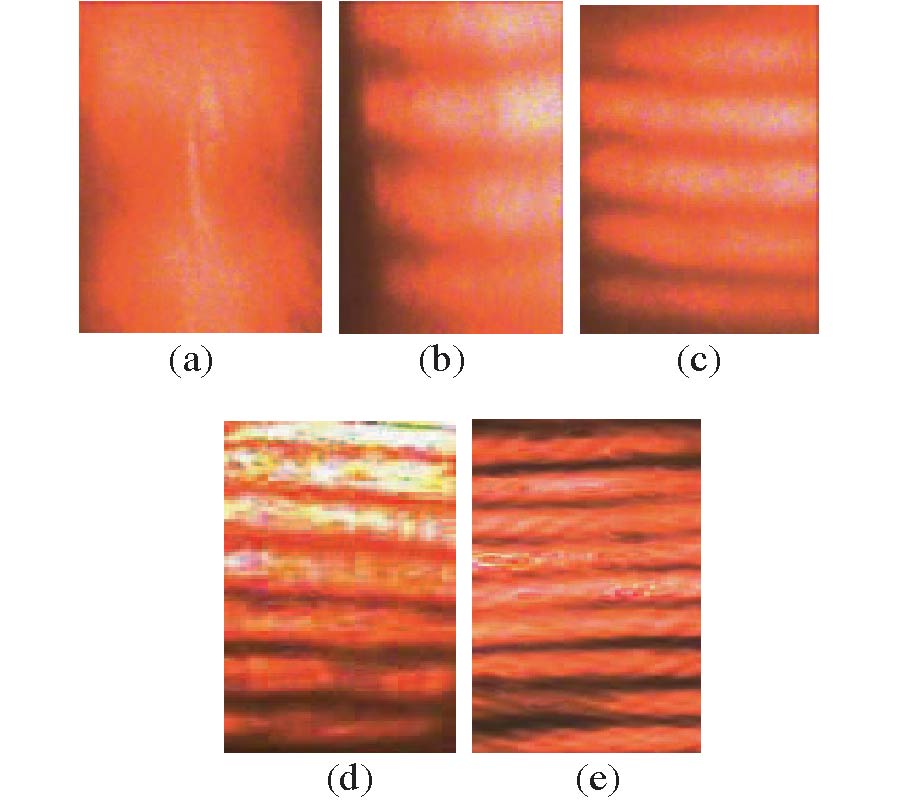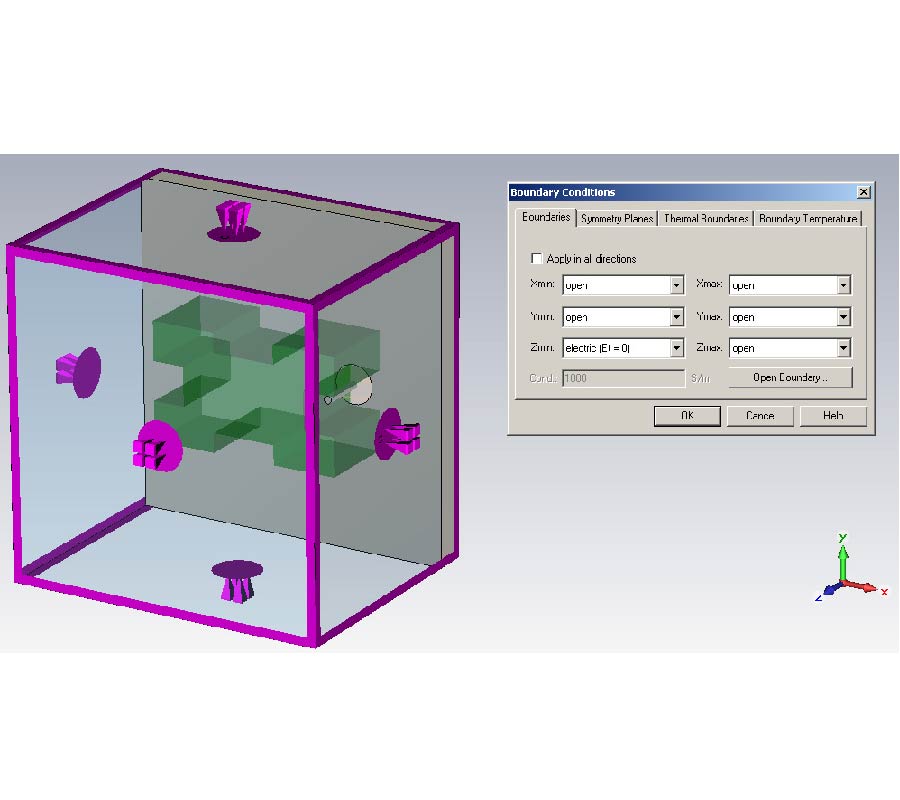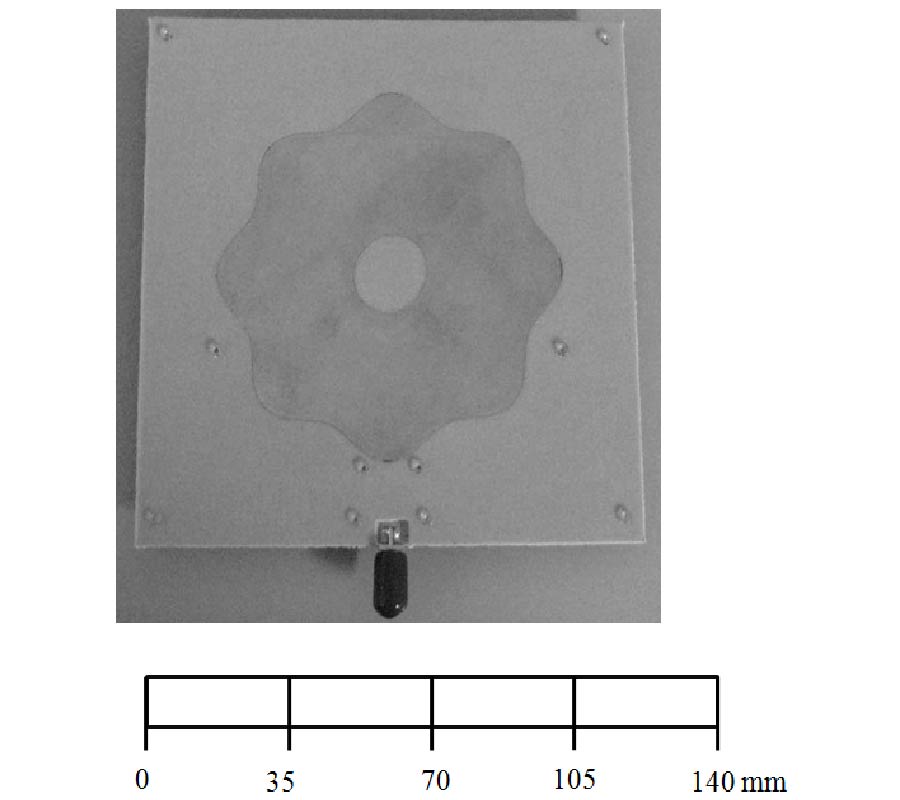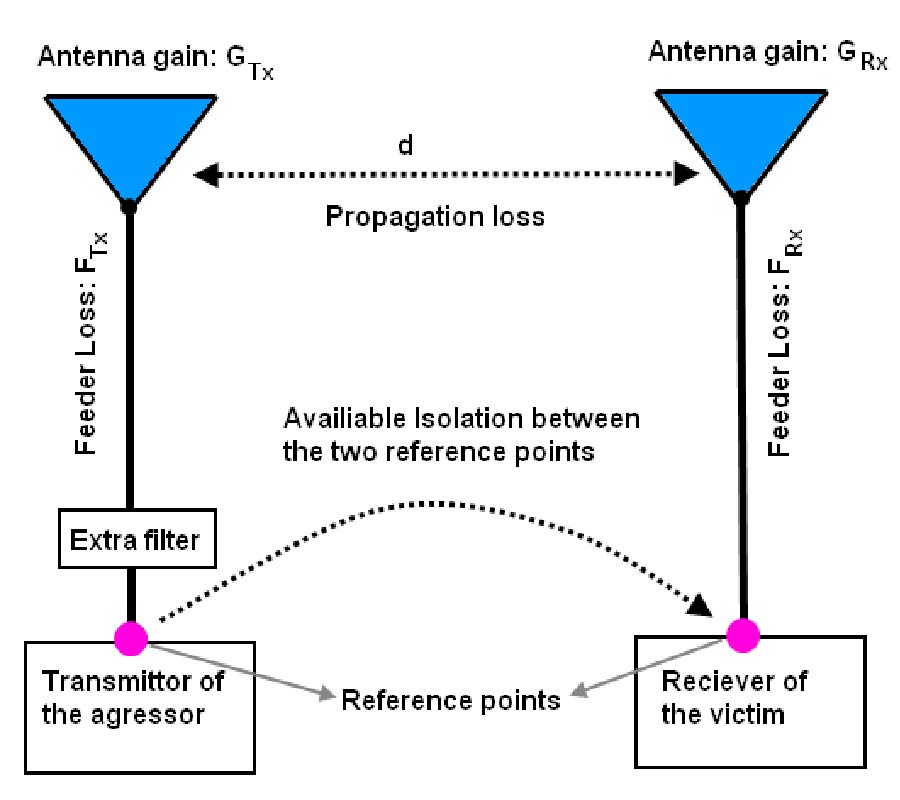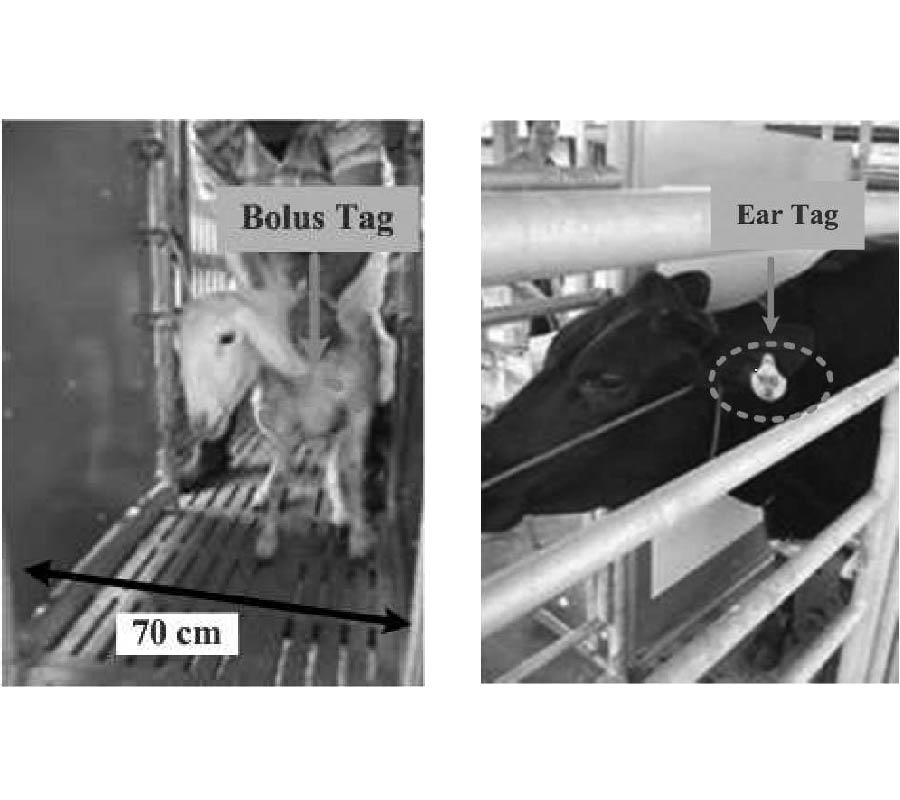Crosstalk Reduction Using Step Shaped Transmission Line
Ali Reza Mallahzadeh,
Amir Ghasemi,
S. Akhlaghi,
Bahman Rahmati and
Reza Bayderkhani
In this paper a novel method for crosstalk reduction is proposed. This is achieved through using the step shaped transmission line, which basically attempts to create steps along the transmission lines to decrease the crosstalk, while having negligible variation in return loss. To this end, various simulations are carried out to get an intuition regarding the underlying processes conducted to the far-end crosstalk, thereby enabling to optimize the far-end crosstalk, and simultaneously to yield a small variation in the return loss. Accordingly, a conventional coupled transmission line is employed as a benchmark, enabling to have an idea regarding the impact of the proposed method in terms of the ability to decrease the far-end cross talk. Furthermore, the proposed transmission line and the benchmark structure are fabricated and then evaluated to verify the experimental results to that of the simulation. In addition, comprehensive parametric studies have been carried out to get insight on the effect of various adjustable parameters over the crosstalk. The obtained results show that the crosstalk is decreased more than 4 dB over the entire operating bandwidth. Some advantages such as ease of design and fabrication have made the proposed technique an advisable method when dealing with low crosstalk.
